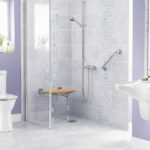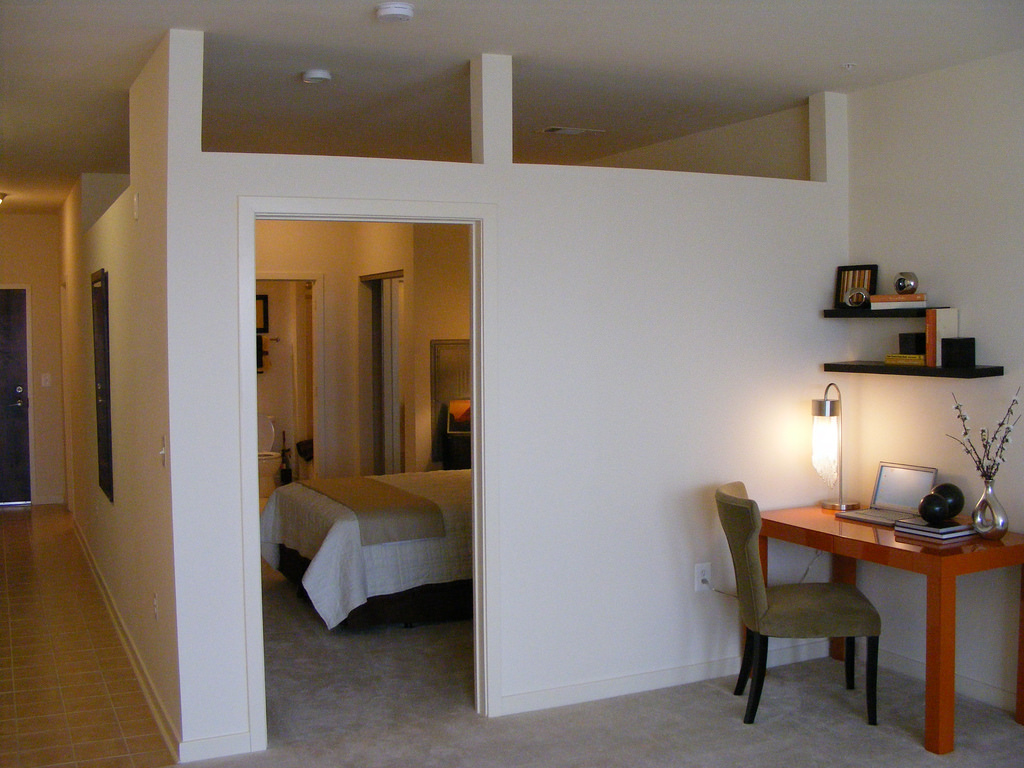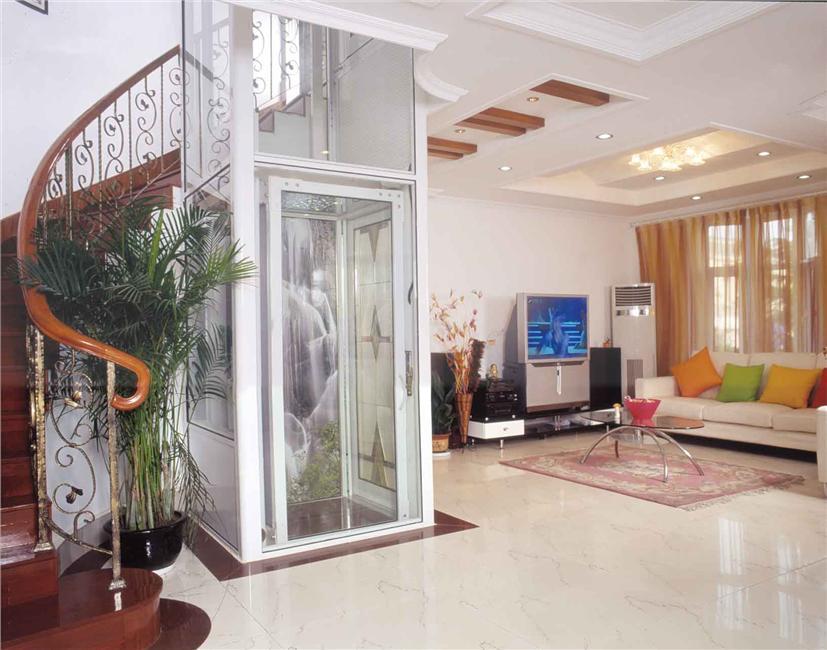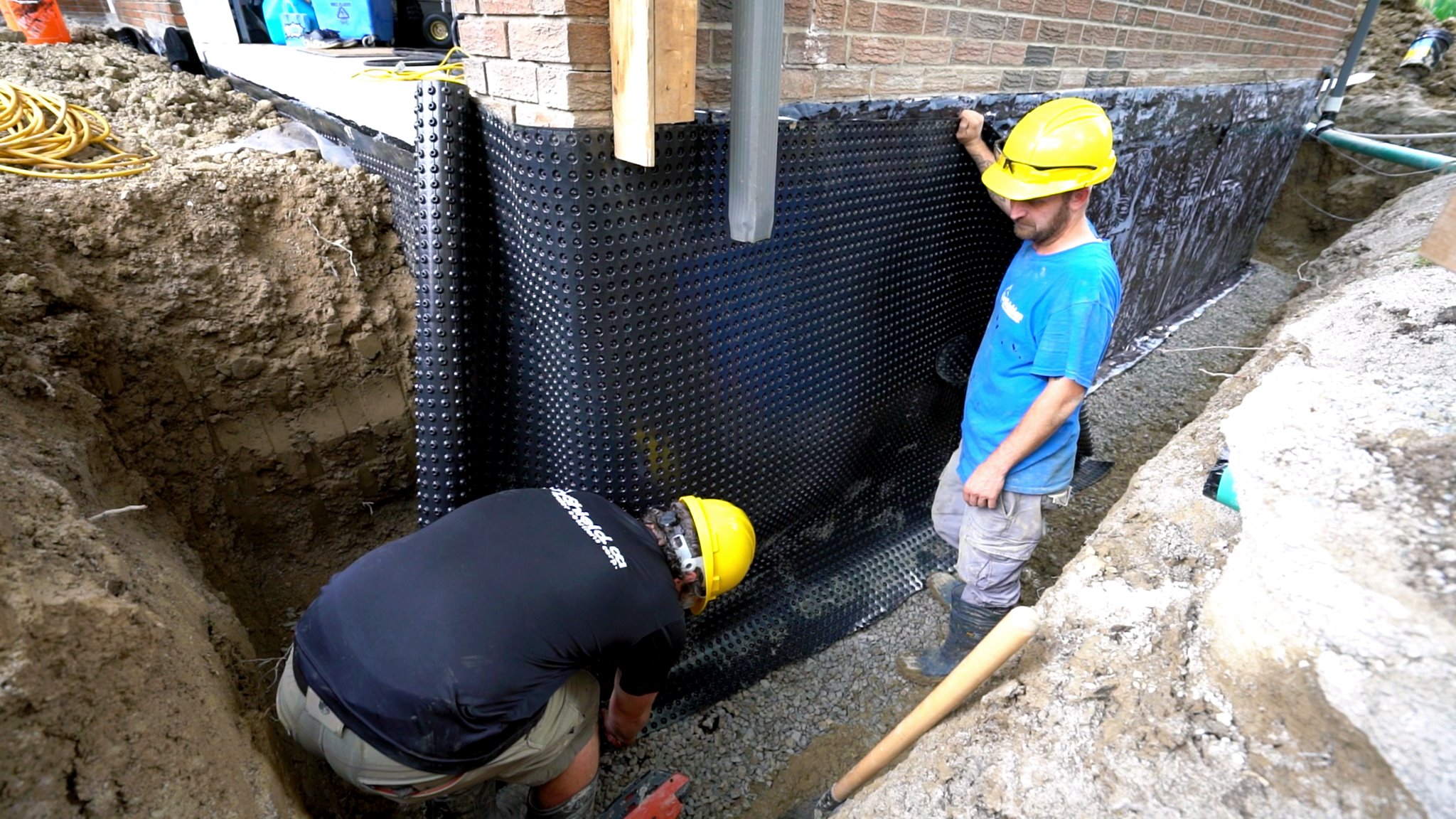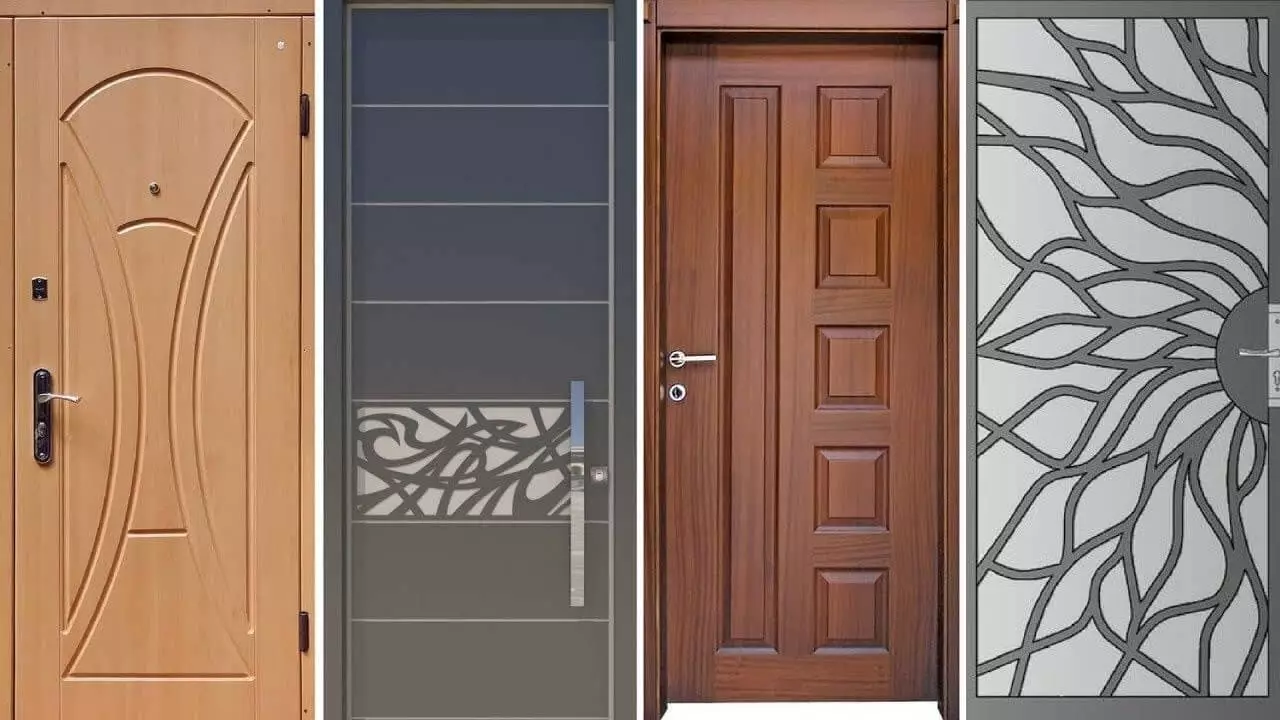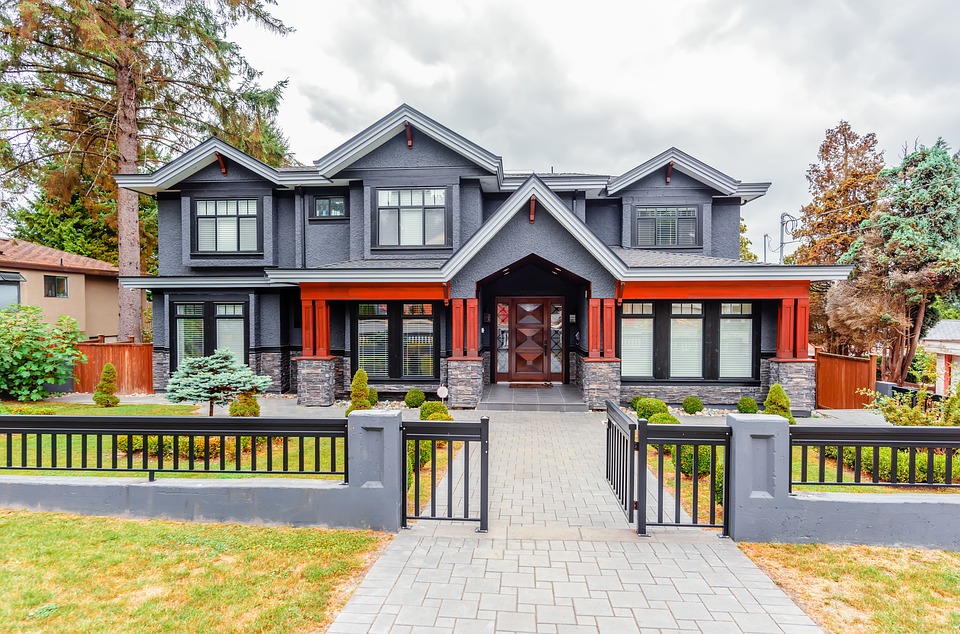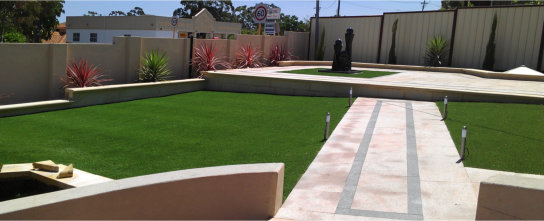Top 5 Door Widening Solutions for Older Homes
Older homes often come with plenty of charm and history, but they can also present unique challenges when it comes to accessibility. One such issue is narrow doorways, which can make navigating with mobility devices, such as wheelchairs or walkers, difficult or impossible.
For homeowners looking to improve the accessibility of their space, widening doorways is often a necessary modification. However, in older homes, there can be structural limitations, including load-bearing walls or intricate trim that complicate the process.
Fortunately, there are several practical and cost-effective solutions to overcome these challenges. Here are the top five door widening solutions for older homes:
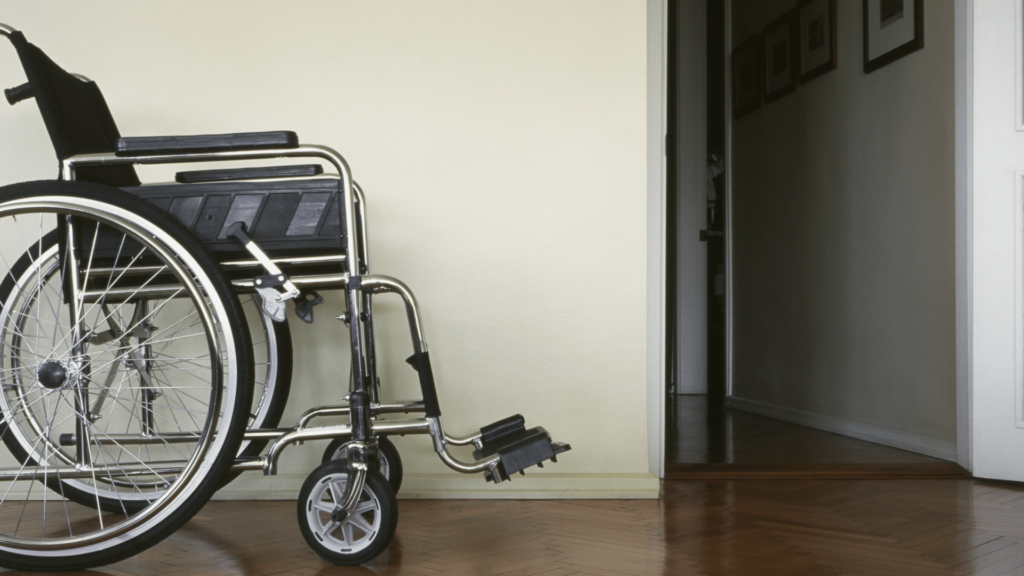
Content
1. Installing Offset Hinges (Swing Clear Hinges)
One of the simplest and most cost-effective solutions to widen a doorway without making significant structural changes is installing offset hinges, also known as swing clear hinges. These special hinges allow the door to swing completely clear of the doorway, effectively increasing the width of the usable space by up to 2 inches.
This solution is ideal for homeowners who need just a bit more room for accessibility but want to avoid the hassle and cost of tearing down walls. Offset hinges are also relatively easy to install, making them a good DIY option for those comfortable with basic home improvement tasks. They are particularly useful for older homes where structural modifications might be more complex or restricted by historical preservation guidelines.
2. Removing Door Trim or Moldings
In many older homes, decorative door trim and moldings add a lot of character, but they also reduce the usable width of the doorway. If gaining just an inch or two would make a difference, one solution is to remove the door trim or reduce the molding around the door frame. This process can free up valuable space, allowing easier passage for wheelchairs, walkers, or other mobility aids.
Removing trim is a relatively simple project, though it requires care to avoid damaging the surrounding walls. In some cases, the trim can be replaced with a thinner or more modern style to retain the aesthetic appeal of the room while widening the doorway. However, if preserving the historical integrity of the home is important, homeowners might choose to save the original trim for reinstallation after modifications are complete.
3. Widening the Door Frame
For homeowners who need a significant increase in door width, widening the door frame itself is often the most practical solution. This typically involves removing the existing door and door frame, cutting into the surrounding wall, and installing a new, wider frame. While this is a more involved project that may require professional help, it is one of the most effective ways to ensure full accessibility for wheelchairs or other mobility devices.
In older homes, widening the door frame can be complicated by load-bearing walls, which support the structure of the house. If the doorway is located in a load-bearing wall, the project will require additional reinforcement, such as installing a new header to maintain the structural integrity of the home. Working with a contractor experienced in accessibility modifications and older homes is crucial to ensure the work is done safely and in compliance with building codes.
4. Pocket Doors or Sliding Barn Doors
Another effective way to widen access in older homes, especially in smaller spaces where swing doors take up room, is by installing pocket doors or sliding barn doors. These types of doors don’t require the same clearance as traditional swinging doors, allowing for greater ease of movement, even in narrow or cramped areas.
Pocket doors slide into the wall, so they don’t obstruct the doorway when open. However, installing a pocket door can be more complicated if the walls are load-bearing or have wiring and plumbing inside. In such cases, this solution might require additional modifications, though it’s often worth it for the space-saving benefits.
Sliding barn doors, on the other hand, mount to the outside of the wall and slide open along a track. This avoids the need to alter the wall structure, making them easier to install than pocket doors in older homes with complex wall systems. While barn doors don’t offer as much privacy as traditional doors (since they don’t seal as tightly), they provide a stylish and functional way to improve accessibility.
5. Replacing Hinged Doors with Bi-Fold or Accordion Doors
For homeowners looking for a flexible solution, bi-fold or accordion doors can be a great option. These doors fold in on themselves, taking up less space when opened compared to a traditional hinged door. By folding back against the wall or within the door frame, they provide more clearance for entry without requiring the door frame itself to be widened.
Bi-fold and accordion doors are relatively easy to install and come in a range of styles, making it simple to find a design that complements the home’s aesthetic. This solution is particularly useful for tight spaces where there isn’t enough room for a standard door to swing open fully. While they might not offer the same level of accessibility as a fully widened door, bi-fold doors can still make it easier for individuals with walkers or canes to navigate the space.
Conclusion
Widening doorways in older homes can seem like a daunting task, especially with potential structural limitations. However, there are several practical and cost-effective solutions available to increase accessibility.
From the simple installation of swing-clear hinges to more involved projects like installing pocket doors or widening the door frame, homeowners can find a solution that fits both their needs and their budget. Whether you’re making small changes to improve mobility or undergoing a full-scale renovation, these options ensure that older homes can be adapted for greater comfort and ease of use without losing their charm.

I am Scott Miller and my love is writing about home improvement. I write mostly about home ideas, but also share some tips and tricks that can make your life easier when it comes to getting things done in the house.

